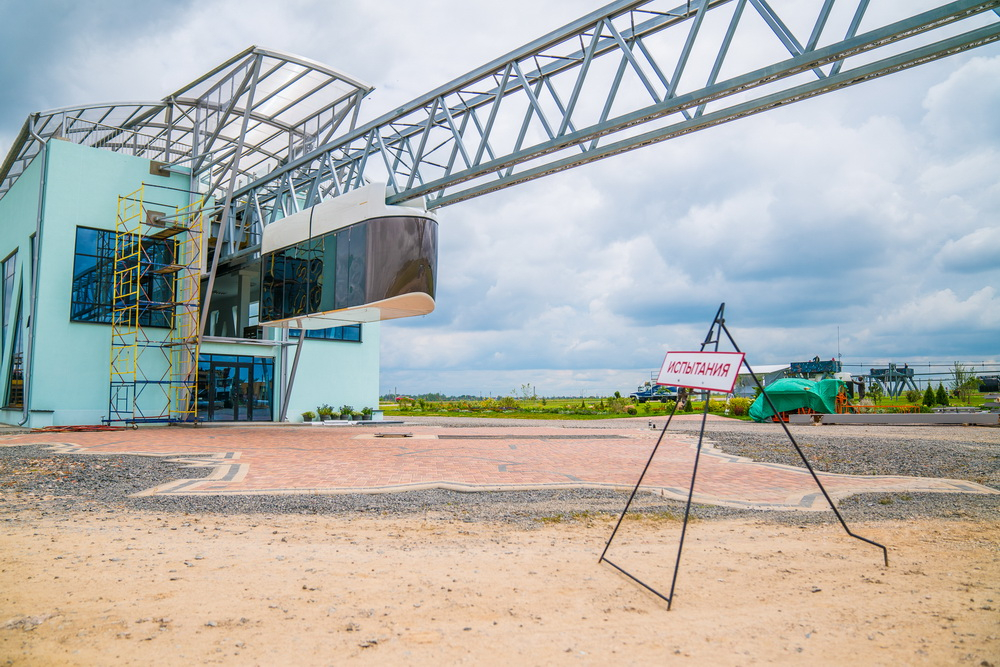The experts at Unitsky String Technologies Inc. have designed an eddy current retarder for string transport. We are telling you why this system is needed and what its advantages are.
What is the eddy current retarder
It is a method of slowing down transport. Braking is carried out due to the electromagnetic force arising between the magnet and the nearest conductive object (tire), which move relative to each other.
How the retarder was being developed
The designers had to find the maximum braking torque with the minimum number of magnets. For this purpose, various design options were considered in order to select the most effective among them. Two prototypes with different parameters have now been designed.
How the new system differs from a conventional brake
In a conventional brake, the vehicle is stopped by friction between the surfaces. With an eddy current brake, however, there is no mechanical contact between the system components. The vehicle slows down thanks to the difference in motion between the magnet and the tyre. The higher this speed, the higher the braking torquе.
At the same time, тhe conventional brake and the eddy current retarder can be used together. This makes the transport operation safer if the standard system quickly wears out.
The advantages of the eddy current retarder
‒ The eddy current retarder uses permanent magnets in its design. That means the system can work efficiently without electricity, regardless of vehicle's speed.
‒ Conventional braking systems have friction parts that wear out quickly and need to be replaced frequently. Whereas permanent magnets have a service life of more than 25 years.
‒ The eddy current retarder is not influenced by the condition of the rail, so the system is effective even in inclement weather conditions such as rain or snow.
-‒The eddy current retarder is environmentally friendly as it is free of wear products, making this system particularly relevant and promising for high-speed traffic.
‒ Eddy current retarders are silent because there is no physical contact between the system elements, which under normal conditions can lead to loud noises.
-- The lack of physical contact allows braking devices to be designed with a whole new set of features. For example, retarders can be made with different brake force build-up ratios.
Read the original article on the official website of Unitsky String Technologies, Inc..

